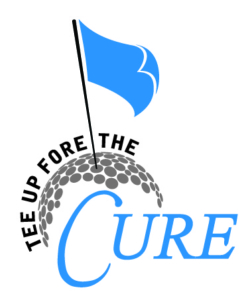Interesting Facts
What is T1D?
Type 1 Diabetes is a chronic condition in which the pancreas produces little or no insulin.
How to Cure T1D
To cure T1D, we must restore or replace the insulin-producing beta cells and protect them from autoimmune attacks.
Groundbreaking Research
400 active research grants are funded around the globe by JDRF and 55+ clinical trials are currently underway.
New England Center of Excellence
Having developed a way to make an unlimited number of beta cells using stem cells, the JDRF New England Center of Excellence will focus on the challenge of protecting these cells from immune attacks with four unique projects.
A Year with T1D
A year living with T1D can result in 2,555 insulin needle injections, 2190 finger pricks, and 208 hours of lost sleep.
A Life without Insulin Injections
Cell therapies are focused on freeing people from glucose monitors and insulin injections. Three artificial pancreas systems regulating insulin are on the market, with more on the way.

